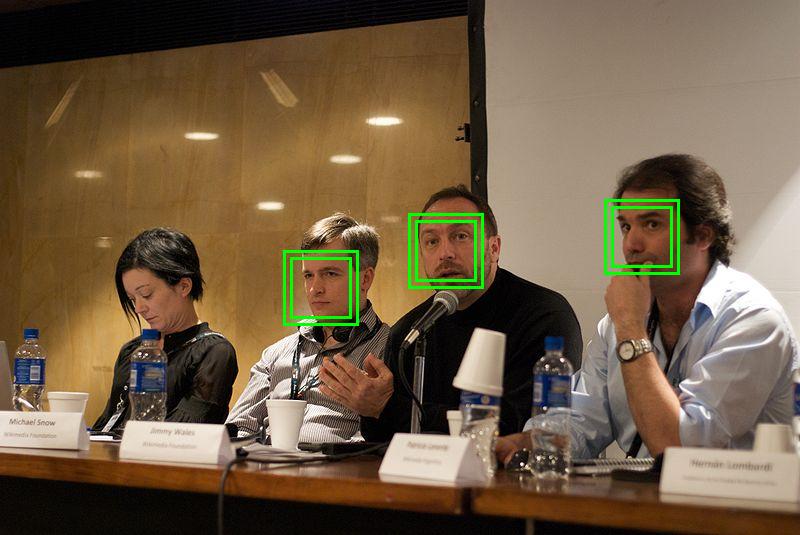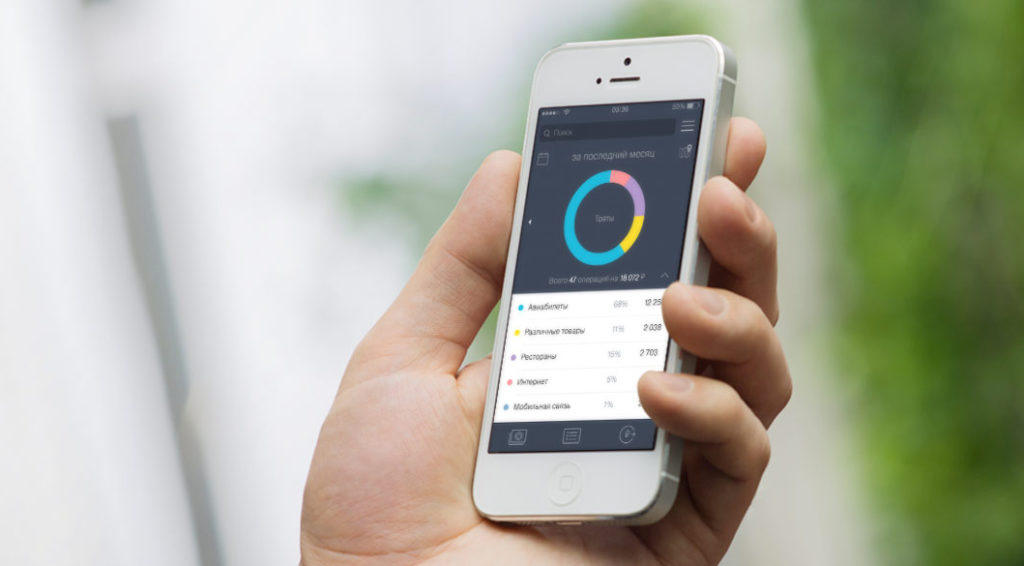From Facial Recognition To Augmented Reality: Brand New Marketing Techs
The world of marketing is a little different to what it used to be. In the past, companies spammed their messages anywhere they could in the hope that something would stick. But as technology advanced and it became easier to target people on an individual basis, advertising became a lot more personal. In fact, in some countries, things are getting a little scary. Some businesses are deploying apps that are able to listen to what a person is doing, like whether they’re watching TV, for example. They’re then able to detect what commercial is currently playing and send users related vouchers to their phones. Today’s marketing isn’t just highly personalized, it’s also situational.
The word disruptive gets bandied about a lot in business and technology circles. But new technologies really do have the potential to blow the whole advertising market wide open, just like the Internet did in the late 1990s. Here are some technologies you need to investigate.
Facial Recognition
The massive conglomerate Unilever decided that it was going to use facial recognition as part of a marketing stunt. It worked with one of its ice cream brands to build a vending machine that would vend ice cream if the person standing in front of it smiled using facial recognition. The original idea was the brainchild of high-tech marketing business SapientNitro, as part of their Share Happy campaign. The images of smiling people were then uploaded, via the vending machine, to social media sites.

What seemed like a silly stunt helped make the Unilever brand go viral. The facial recognition vending machine is now on a world tour, doling out happiness as it goes. According to Rob Gonda, the head of technology at SapientNitro, it’s the most viral marketing campaign he’s ever seen. People love the concept that all they need to do is smile to get free stuff. And they’re sharing their experiences with their friends via social media, bumping up the brand recognition.
Gonda says that facial recognition brings huge changes to the marketing technology stack in 2017. Instead of just personalizing content, companies are having to make their content situationally relevant. The Unilever ice cream vending machine experience is a good example of how advertising was not only highly targeted but also how new technologies can be deployed to solve old marketing problems.
It’s clear the advantage really lies with the first companies that learn how to do this sort of thing. After a while, smiling vending machines will get old, and people will lose interest. But at least for now, the idea’s hot.
Eavesdropping Apps
Eavesdropping apps, according to Andrew Frank from the research firm Gartner, are still at a very early stage. But, he says, companies are going to start moving beyond eavesdropping and start using their apps to provide users with situationally-relevant content.

Recently, Yahoo bought a company called IntoNow which makes listening technology for smart apps. The company says that it can now listen to ads on TV and give businesses the chance to market during those ads. Frank says that this technology has already been implemented by Pepsi. They offered users a free Pepsi if users tagged their ads through their app while their ads were on TV.
Synchronizing different marketing channels is a new and novel idea, and it’s still unclear whether it has legs. But suffice to say that engaging users through multiple channels is probably a good way to get them interested in your brand.
Augmented Reality
Ray Kurzweil, the famous futurist who now works at Google, says that in the future, shopping will be different. We’ll go shopping in virtual worlds and be able to touch things, pick them up and play with them before buying (a little bit like a real shop).

Augmented reality and virtual reality only became a thing last year, but companies are already looking for ways to capitalize on the new technology. The Swiss watchmaker, Tissot, for instance, is allowing people to try on its most expensive and luxurious watches in augmented reality before they buy. The customer slips on a wristband representing the watch and then an AR system projects their image onto a screen, complete with the Tissot watch on their wrist. Tissot has also built functionality into the system, allowing customers to play around with the touchscreens on their watch, making the entire experience more interactive.
AR developers like Hidden Creative say that augmented reality is being used for much more than this. It’s also being used for marketing purposes, from designing displays to holding remote product demonstrations.
Can we help you with new technology and other ways to grow your business? Get in touch using the contact form below for a free, 30-minute consultation.
[contact-form][contact-field label=’Name’ type=’name’ required=’1’/][contact-field label=’Email’ type=’email’ required=’1’/][contact-field label=’Website’ type=’url’ required=’1’/][contact-field label=’Comment’ type=’textarea’ required=’1’/][/contact-form]
